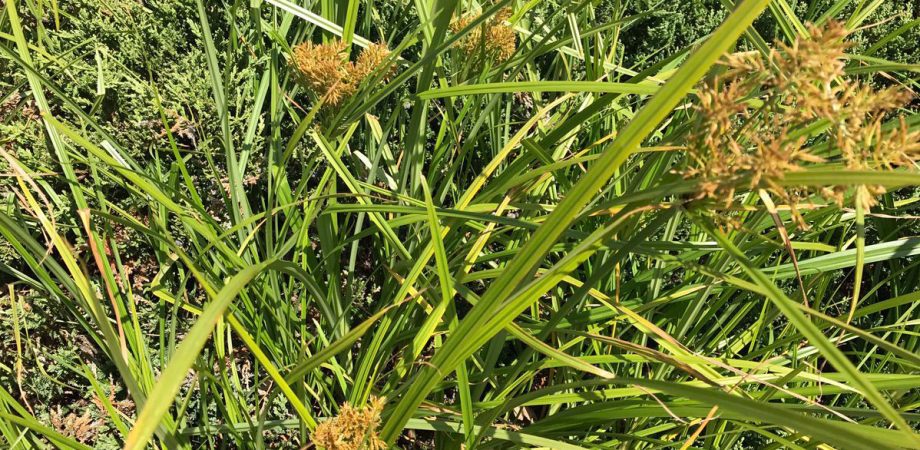Yellow Nutsdge Q&A with FMC

We asked Tina Bond, Technical Service Manager with FMC Professional Solutions, and Kent Turner, FMC Professional Solutions Market Specialist T&O Midwest, a few questions about yellow nutsedge. Learn when yellow nutsedge begins to show up, what turf conditions create a perfect environment for the development of it and more in this Q&A.
When does yellow nutsedge begin to show up?
Yellow nutsedge generally begins to emerge in late spring and continues to grow and produce shoots and rhizomes throughout the summer. Generally, yellow nutsedge begins to emerge when soil temperatures are between 60-65°F. As the summer season ends shoot and rhizome production decreases, tuberization begins late summer to early fall.
What are the indicators a weed is yellow nutsedge?
Yellow nutsedge is a perennial with solid, triangular stems. It has long, grass-like leaves that terminate in a fine point. Leaves are also in sets of three. Yellow nutsedge has a tall flowerhead that produces yellow seeds. Single tubers are produced underground at the end of the rhizome.
What turf conditions create a perfect environment for the development of yellow nutsedge?
Yellow nutsedge survives in moist soils, therefore it can typically be found in poorly drained, low lying, or over irrigated areas.
What challenges do we face when controlling yellow nutsedge?
Tubers that are produced can survive up to 3 years in the soil. A single tuber can produce more than 1,900 shoots! In one year, one tuber can become 6,900 new tubers. If left untreated sedges can grow twice as fast as desirable turf. Tuber production alone can make managing yellow nutsedge a challenge. Another critical piece to management is herbicide application timing. Applications should be timed after maximum shoot emergence but before tuber production.
What is the best way to control yellow nutsedge?
The best strategy for controlling weeds is to manage turf so it will outcompete weeds. This means employing all strategies to ensure turfgrass is healthy, thick, and growing. Properly irrigating and correcting drainage issues can help a great deal in managing yellow nutsedge. As previously mentioned, the timing of yellow nutsedge herbicide applications can greatly improve efficacy in not only managing vegetative growth but also decreasing tuber production. In FMC trials, it was determined that Dismiss NXT provided the best control when applied at soil temperatures above 65°F for 7 consecutive days at a soil depth of 2 inches. This application timing of Dismiss NXT not only helps manage vegetative growth but also assists with tuber reduction.
Dr. Tina Bond
Technical Service Manager
FMC Professional Solutions
Kent Turner
Market Specialist T&O Midwest
FMC Professional Solutions







